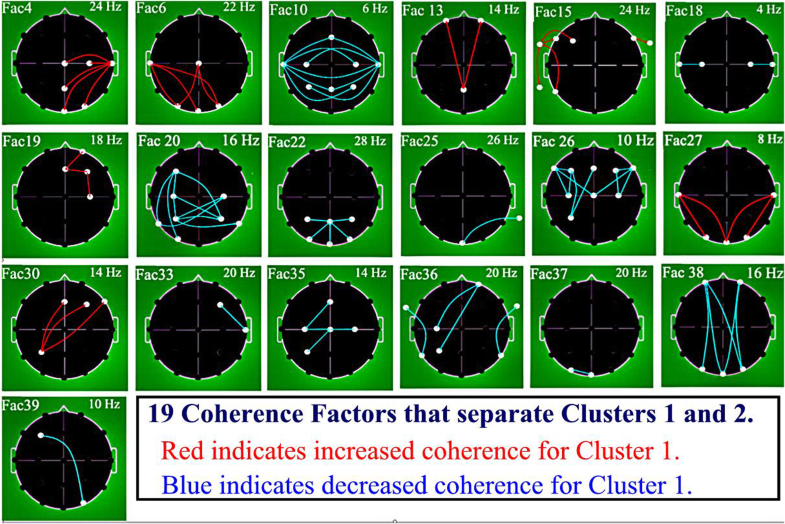


These difficulties are commonly associated with a tendency to visually focus on specific parts of the situation (known as local processing) to the detriment of the whole situation.

The findings corroborate the idea that weak central coherence may be part of the cognitive phenotype in ASD.Īutism spectrum disorder eye gaze qualitative research social cognition weak central coherence.Īutistic adults often report difficulties in interpreting social situations. Their reaction time and response duration were increased in relation to controls. Data from visual tracking by quadrants and from verbal reports suggest loss of social cues important for understanding context. A tendency to local processing, independently of the stimuli type, in the ASD participants was observed. Heatmap and fixation preferences according to the stimuli quadrants were used to investigate eye-tracking patterns. Both quantitative measures and qualitative (thematic content analysis) procedures were used to assess performance. A sample of 28 adults diagnosed with ASD Level 1 and 25 controls was submitted to a cartoon-like task with the instruction to describe social scenes and to Navon letter stimuli. In social contexts it may be expressed in difficulties to integrate social cues arising from the recognition of emotions in faces or from the environment in order to understand people's interactions. They do not see the relative “sameness” of the situations.Central Coherence Weakness has been defined as a tendency for local rather than global processing that may underlie core deficits in Autism Spectrum Disorder (ASD). The relative concepts of things that are hot are not generalized over a wide-range of contexts. They may need to touch the oven to learn it is hot, and then the toaster, and then the toaster oven, and the iron, and so on. This child does not, however, apply this new found knowledge to the toaster being hot, or other items that are intuitively drawn from the realization of what “hot” means. A child with difficulty with generalization, or weak central coherence, will only understand the stove is hot after touching it, or being burned. This rigid-type, or “black and white,” thinking when it is inadaptable makes it difficult to learn from previous situations-also known as difficulty with generalizing.Ī child who learns that the stove is hot will intuitively learn that other household items are also hot, and therefore, not touch them. This literal thinking is also responsible for an intense focus on what is “right” regardless of the context of the situation. Literal thinking can cause communication difficulties and misunderstandings when confronted with metaphoric language, humor, or sarcasm. This results in the need to go back and re-read the text several times before comprehension can be achieved. If one detail captures your attention while reading a text, it is easy to lose sight of what the text is saying. It can be exhausting when one detail of a lesson, lecture, assignment, or test question grabs your focus and you lose sight of the whole picture. A person with autism who has difficulty seeing the wholes, or gets lost in the details can have difficulty with reading comprehension, and make navigating school very difficult.


 0 kommentar(er)
0 kommentar(er)
